Red Team!
Sketch Models!
View the 4 Presentation Slides (.pdf)
Presentation Video
Concepts
Stimulating Knee Brace
A functional knee brace with built in stimulating electrodes to prevent muscle atrophy in recovering patients.
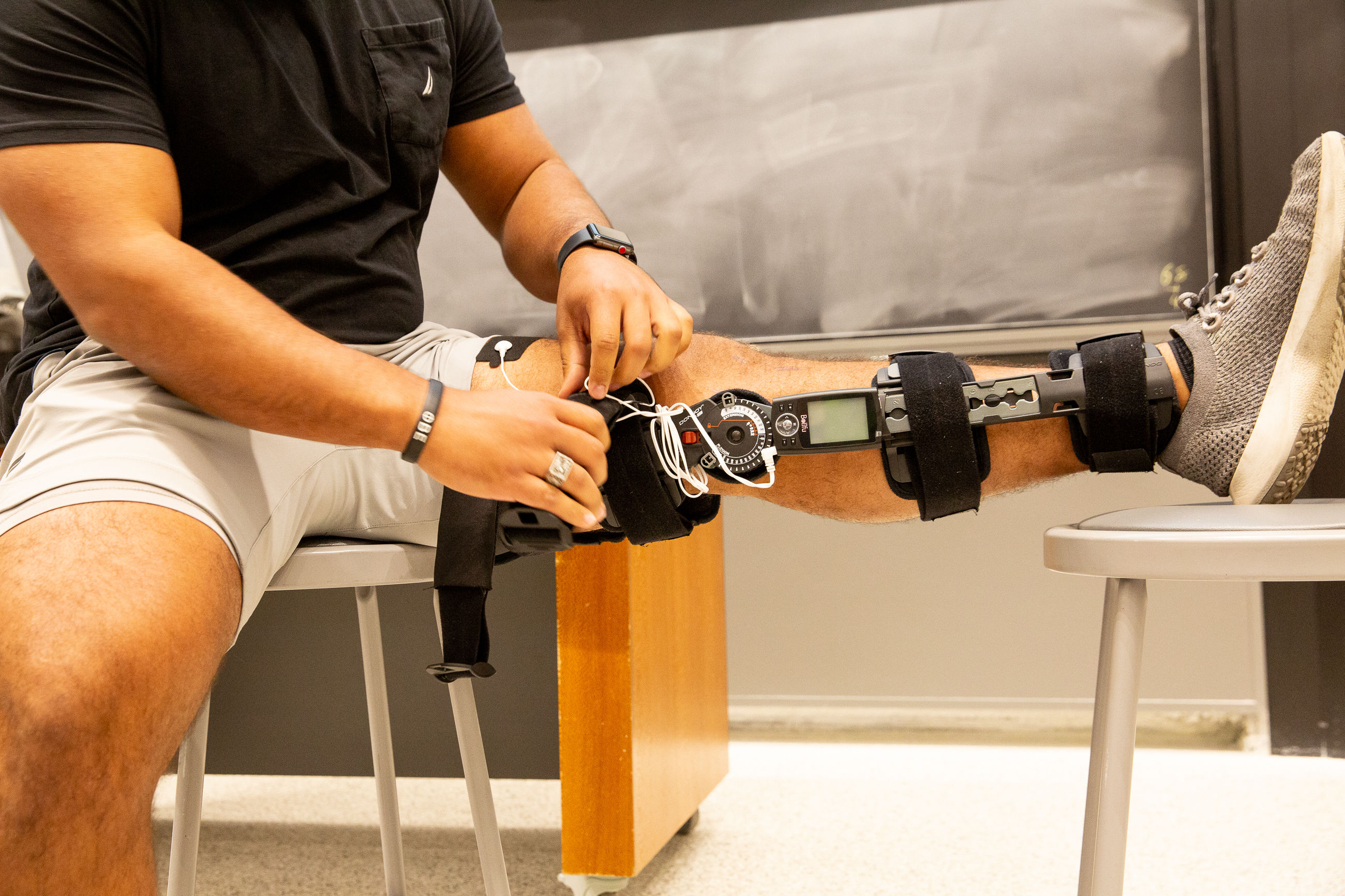
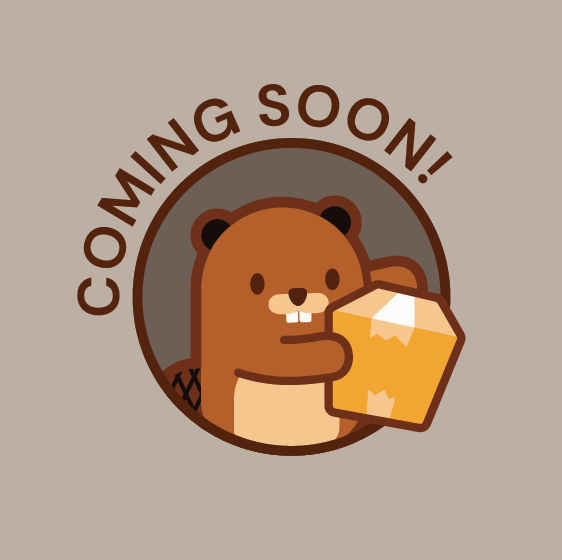
Reviewer Feedback
Liz Stevens (Communication Instructor)
Product Opportunity
Nicely coordinated presentation. The demo was very effective. ACL surgeries are so common. I know a runner who is on her 4th surgery and documenting it on instagram. People with these issues want to get back to physical strength asap. This seems like a good user need. Pro athletes probably already use devices like this, but regular people could also benefit.
Product Embodiment
It is nice that there are two benefits: strengthening the muscle and pain management. It helps people connect better to their muscles, perhaps similar to massage, to create positive emotions surrounding that area of the body, rather than negative ones. Seems good for mental health during recovery.
Model Learnings
Was the question how would a user interact with it? That's a good start. What more specific questions could you ask next?
Model Execution
I didn't see, but I assume you got the muscle to move, which is so cool! Now, I guess, the question is, does this help the user? In what ways (strengthening, pain management, mental health, etc.)? Will it shorten the time to get back to running, or have other benefits?
Ellen Roche
Product Opportunity
I believe in this problem. When a patient is recovering neural stimulation to prevent atrophy is a good idea, and the more convenient it is for the user to do it, the more compliant the patient will be.
Product Embodiment
I appreciated the demo, I guess other reviewers have brought it up but the team could figure out a competitive advantage that doesn't seem like a brace + stimulator together.
Model Learnings
The learnings from this model were not as clear as the product opportunity and the embodiment. Think about a few key questions and do some testing/analysis to figure them out.
Model Execution
From a user perspective, the model showed that it was reasonable to combine neural stimulation with the brace. I think there could have been some additional questions that the model could have answered - would a different form factor be better, how would the battery be attached, how often do you need a knee brace + neural stim, and how many times a day to you need to stimulate (in some common injury scenarios) - what is the time/convenience advantage of this combination product.
Deepali Kishnani
Product Opportunity
It's a great idea! Could be added as extension to existing knee braces because after a point a patient will have correct atrophy and will need to remove the stimulation.
Product Embodiment
Yes, perhaps we can add sensor outputs on a digital screen too.
Model Learnings
Answered well. However, you might want to check out existing simulators and see how this product does better/worse than that.
Model Execution
A good start!
Peter Nielsen
Product Opportunity
The need for concurrent stabilization and stimulation seems logical, real.
Product Embodiment
This one will like in the details of implementation - there is no specific vision yet.
Model Learnings
What are all of the ways the stim package could integrate, and what factors might drive a specific choice? What sort of UI might make the package more attractive?
Model Execution
Stim works, braces work, now to create a product out of it.
Juhan Sonin
Product Opportunity
Feedback in one PDF: https://www.dropbox.com/s/rf3dt7p8q1opmef/MIT2009_RedB_SketchModel_Feedback_Sonin_Fall2022.pdf?dl=0
Product Embodiment
No feedback provided
Model Learnings
No feedback provided
Model Execution
No feedback provided
Josh Wiesman
Product Opportunity
Good questions to be answered, market size seems very off. I wonder how big of a pain point is this, ie, will the improvements of having stim on the brace translate in value to the patient? Will the medical system pay for this improvement or will the consumer need to pay out of pocket?
Product Embodiment
It is on the right track.
Model Learnings
I would have like to see the comparisons, ie, how did the team decide on the position they did? Will this work for all users or just some? How did they determine position?
Model Execution
Good start - again, comparisons in performance would have been useful.
Kamala Grasso
Product Opportunity
As someone who recently went through extensive PT, I have experienced the value of muscle stimulation as part of the rehab process and I think there could be a sizable market for something like this if it was covered by insurance. But I think the value in a product like this is as a complement to PT, not as a replacement and should be positioned as such. Also, I know there was a question at the end about the safety of EMS and the response was that it had no dangers but from what I've read, there are some potential side effects that you would need to consider.
Product Embodiment
The embodiment seemed straightforward- basically the combination of two products that are currently on the market (sometimes that combo makes a great new product). But you mentioned that this was for people who couldn't afford an at home unit. My understanding is that the product would basically use an off the shelf stimulation package so I would want to understand your cost structure.
Model Learnings
I liked how you clearly called out the key questions to be answered.
Model Execution
From the presentation, I couldn't tell what you did in terms of answered the second question. Was that just an off the shelf stimulator with an existing controller?
Cushioned Hard Hat
An external cushioning system for hard hats to reduce impact forces.
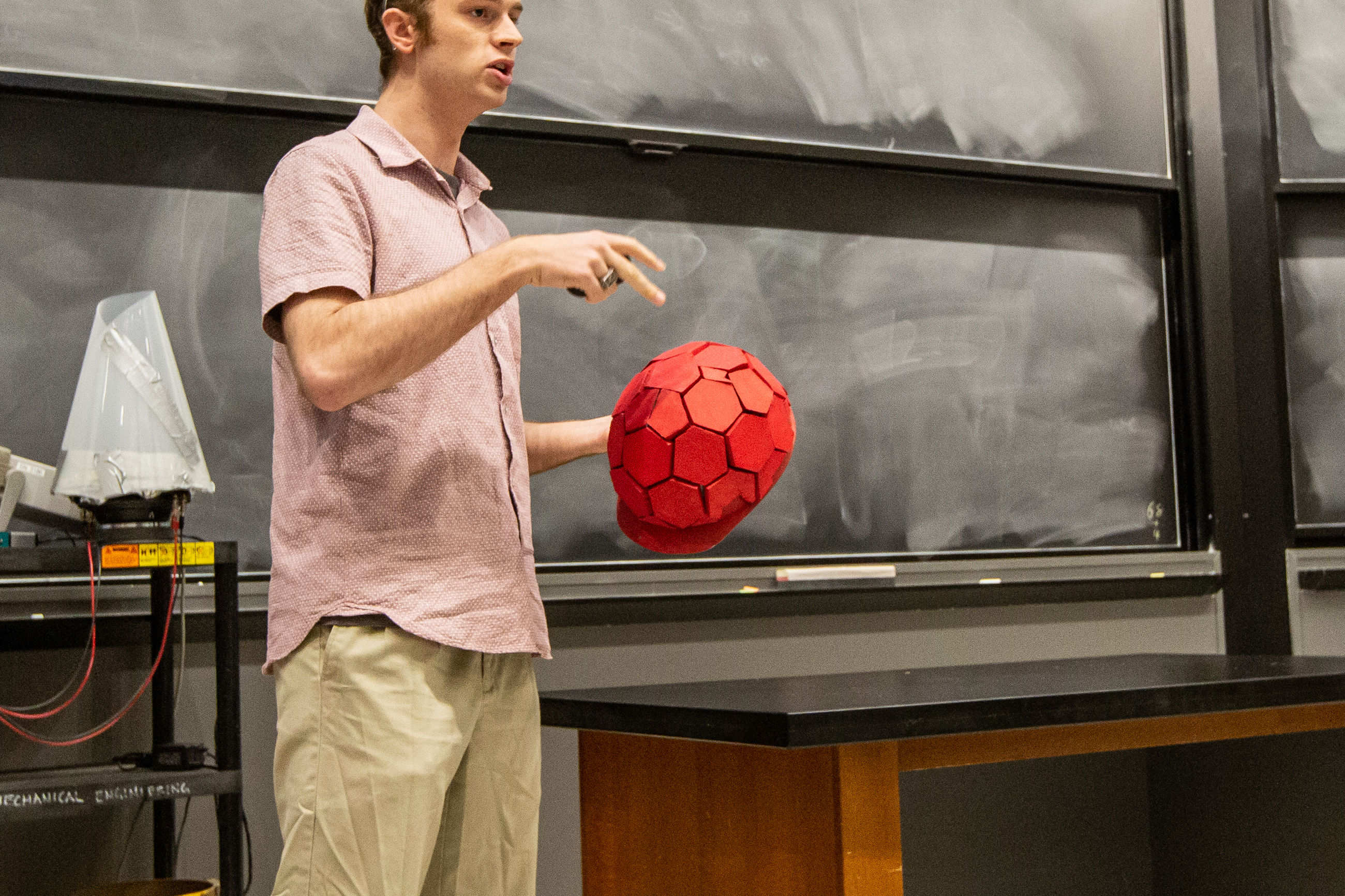

Reviewer Feedback
Liz Stevens (Communication Instructor)
Product Opportunity
Great narrative (Bob the Builder was a crowd pleaser for this audience)! Concussions are such an unnecessary cause of long-term brain damage, and so you are definitely on the right track with user need.
Product Embodiment
What makes the design of the helmet better at rotational impact? Will putting the cushion on the outside actually work? It seems counterintuitive. I'd expect the cushion to protect your skull. You might want to better explain this counterintuitive reasoning.
Model Learnings
You asked some good questions. Will the Concushion fit over a standard hart hat? Will it be difficult to fit correctly?
Model Execution
Will the rotational impact protection make a big difference in terms of concussions? How do we know? If 3M isn't doing rotational impact, why aren't they?
Ellen Roche
Product Opportunity
Big need, big market if this can be done correctly - expanding from construction workers to sports etc.
Product Embodiment
The embodiment was clear and easily identifiable. The combination of cushioning on the outside of a hard shell could be easily understood. The vision wasn't as clear to me, maybe some analysis or computational models would help if you decide to move forward with this.
Model Learnings
There's a lot of interesting helmet innovation going on now. I think some physical modeling or computational modeling would really help your learnings https://kavsports.com/products/kav-portola-helmet?gclid=Cj0KCQjwhY-aBhCUARIsALNIC06NAD7FJ7NWQMwUF6tMbujizDky3mv-hAM-eT9shI35M-kf_T9tdgsaAiW8EALw_wcB. Here is a paper showing some modeling of a football helmet https://link.springer.com/article/10.1007/s10439-019-02345-7?wt_mc=Internal.Event.1.SEM.ArticleAuthorOnlineFirst&utm_source=ArticleAuthorContributingOnlineFirst&utm_medium=email&utm_content=AA_en_06082018&ArticleAuthorContributingOnlineFirst_20190914 I know that learning FE might be beyond the scope of the model, but reading about how it has been done, and understanding the design choices could help inform your design.
Model Execution
From a looks like perspective the model was great, but from a "works-like" perspective some analysis might have been helpful.
Deepali Kishnani
Product Opportunity
It's a good problem to solve for!
Product Embodiment
I am interested in knowing how light weight or comfortable the product is. Sometimes wearing hats during construction feels uncomfortable and heavy.
Model Learnings
It wasn't clear to me how the cushion was working and saving users from impact in contrast to the protection provided by helmets that exist in the market today.
Model Execution
Well executed - would love to know more about how you came up with the design and size - was there any physics behind the football shape etc.?
Peter Nielsen
Product Opportunity
Let's help Bob the Builder! That was awesome.
Product Embodiment
The problem area is so huge and varied that any solution is likely to be compromised in some instances. Need to investigate the science behind the new NFL "Guardian" helmet if possible.
Model Learnings
It needs some instrumentation, some science to justify the assertions. See also DOT and Snell helmet certifications.
Model Execution
There is a need to categorize the threats, and identify prevalent ones to address. And then instrument and test.
Josh Wiesman
Product Opportunity
Tough to tell the value / opportunity. How many of these accidents happen and what are the expected forces - is this concept of thin foam on the helmet even possible? Who would pay for this upgrade and why?
Product Embodiment
It is on the right track - I think more needs to be understood in regards to forces / accidents, payer, and actual benefit (will the user have no issues or suffer minor injury now).
Model Learnings
Some questions answered - more questions listed above and work to be done.
Model Execution
See comments above.
Kamala Grasso
Product Opportunity
Preventing head injuries is always a worthy goal. And I think these days there is more of an awareness of the dangers of hits to the head.
Product Embodiment
I didn't get a good sense of exactly how your product would be a better solution. I would want to know the physiological details of how it works and be assured that it didn't make things worse in some situations (with protective devices that is sometimes the case).
Model Learnings
I think the question you posed is the right one as it is the foundation of your concept.
Model Execution
I didn't seen any data or testing that showed that your sketch model actually answered your question. The model helped me envision what it might look like but it did nothing to demonstrate the efficacy of your product. What kind of foam would you actually need to use?
Assistive Gripper
A handheld gripper for users with limited hand strength and dexterity.
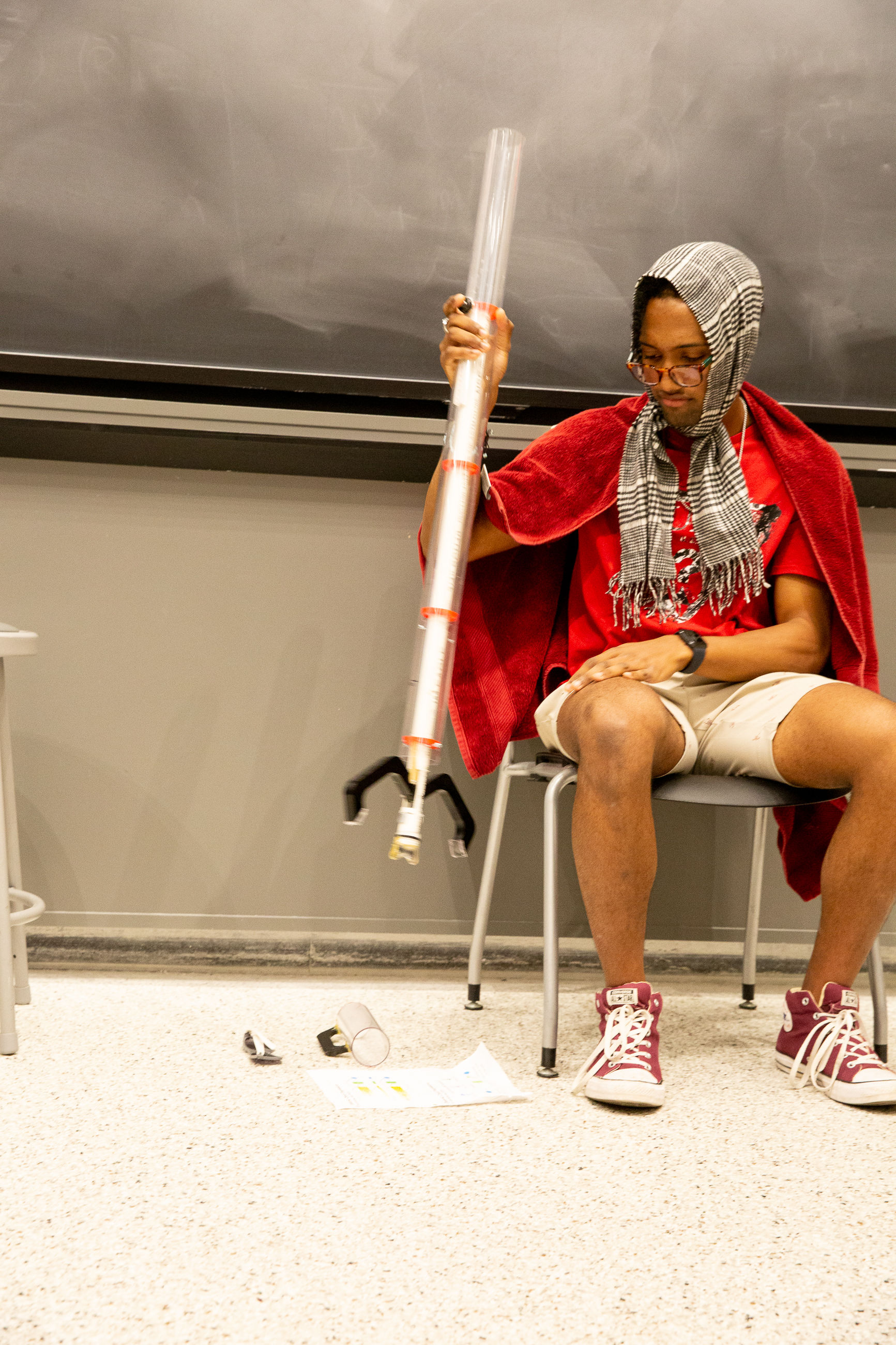

Reviewer Feedback
Liz Stevens (Communication Instructor)
Product Opportunity
This is a really interesting solution to the problem space. Since grabbers are an assistive technology, they should be more accessible for people with limited grip strength. You made the argument really effectively.
Product Embodiment
The push-down mechanism is a really elegant solution. Will it require a certain amount of strength, though, to push down? Do we know that grandma can operate it?
Model Learnings
You asked good questions. Although robots or motors could make this action without requiring any strength, the user needs an affordable solution.
Model Execution
No feedback provided
Ellen Roche
Product Opportunity
Totally sold on the problem and user need.
Product Embodiment
Yes, it worked well, I liked the demo and the sketch model, as you mentioned, was larger than the vision for the final product but it worked, and you showed it working on various shapes and sizes. I liked the silicone ball and the easily actuatable claws - nice work!
Model Learnings
I think here you learned that you could pick up a variety of objects of different sizes and weights and do so with a one-handed motion. Lot's of varieties of grippers here https://www.amazon.com/stores/page/DE027C1C-B599-4F2F-BFD3-4301A489EB0A?store_ref=storeRecs_dp_aplus
Model Execution
I think here your question was clearly answered. You could pick up a viariety of objects with a one-handed motion that did not require a lot of dexterity
Deepali Kishnani
Product Opportunity
I certainly see a need for this product.
Product Embodiment
Yes, the product is on the right track. I like how it's integrated with the walking stick.
Model Learnings
Yes, the model did answer critical questions well. As a product owner, I'd think about different type of objects that an elderly might need to pick, gripping in general, and how versatile the product is. Currently, I could see only one type of objects that could be picked - the ones that had enough friction on surface to be gripped. What about crockery? Or small objects such as pens, spoons etc.?
Model Execution
Good demo!
Peter Nielsen
Product Opportunity
Absolutely a real need. Grandma!
Product Embodiment
Tons of space here for optimization, great start.
Model Learnings
Diversity of objects retrieved was excellent! The question of retrieval of the grabber itself, should it fall. was valid, worth consideration.
Model Execution
Solid demo.
Josh Wiesman
Product Opportunity
Interesting problem. I like the direction the team is headed. While I believe the problem, I wonder how many people have such bad dexterity that they use or require assistive devices. Is this is cute gift or a real need to have for people?
Product Embodiment
Curious how weight will play into the final solution.
Model Learnings
Some good questions answered. Now tuning the break/lock system and the size / weight will be important. What could fail, what could break or now work? How would the user solve these issues if they have poor hand strength and dexterity. Failure modes will be good questions to address.
Model Execution
Good start. See comments above for other questions.
Kamala Grasso
Product Opportunity
My father in law is 98 and definitely could benefit from something like this. In fact he built his own gripper so he could walk around and pick up pine cones from his yard. As the country ages, I think there is a sizable market for assistive devices like this.
Product Embodiment
The direction seems reasonable. I think the idea of a product that doesn't require a lot of hand strength is really important given your target market.
Model Learnings
Good clarity on the key questions. And I liked how you clearly called out at the end what you learned from your model that you need to address for the next steps.
Model Execution
I liked how you actually demonstrated your sketch model and in a fun way. And it answered the questions you identified.
Sonic Fire Extinguisher
A targeted low frequency acoustically driven vortex cannon for putting out fires.
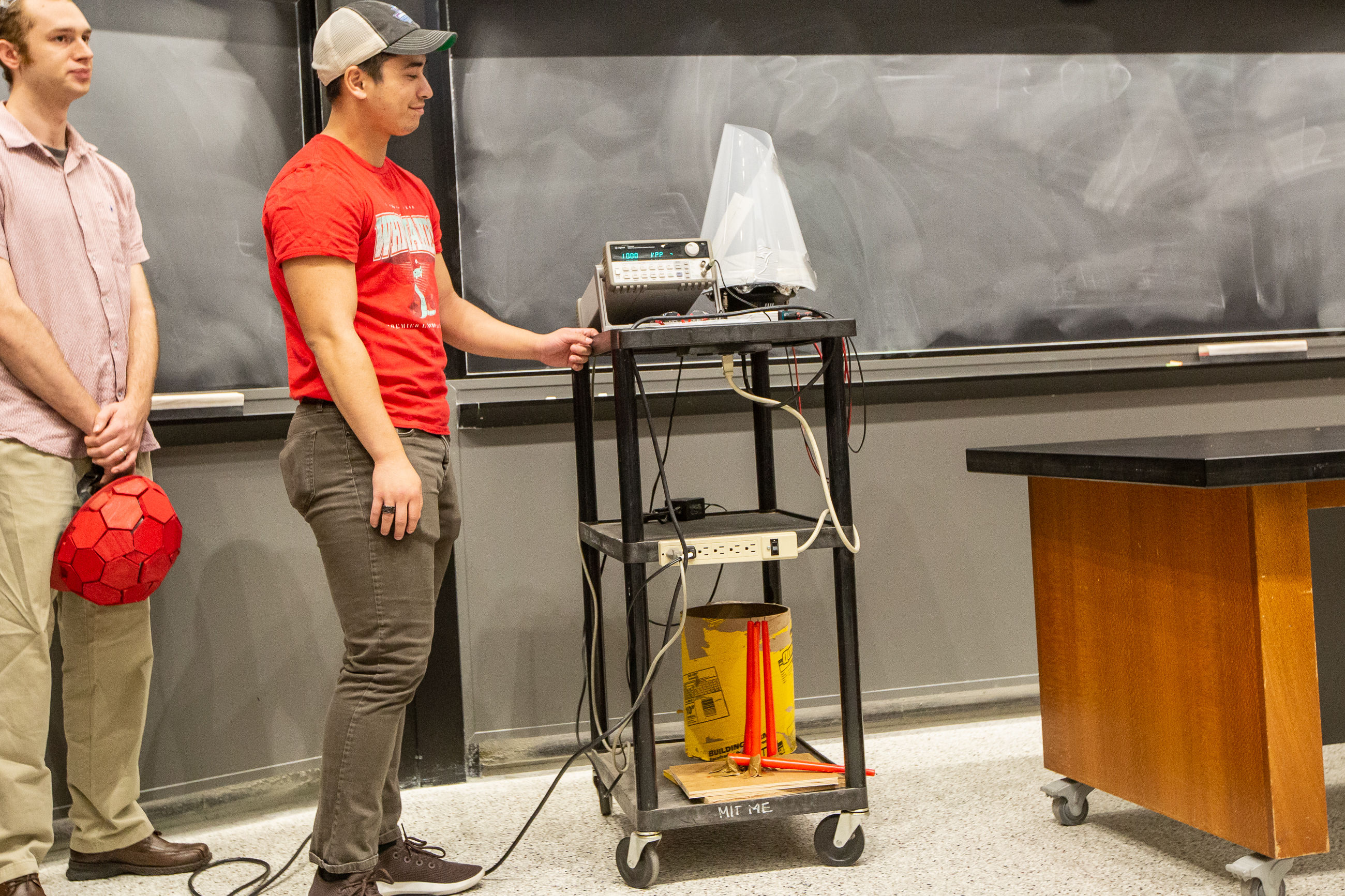

Reviewer Feedback
Liz Stevens (Communication Instructor)
Product Opportunity
Good use of storytelling to make your point. Great energy! This is a nice application of a sonic firefighting technique for commercial markets. The photos make for compelling evidence.
Product Embodiment
The product looks promising, and I'd like to see it on bigger flames, but I don't know if that's safe for Pappalardo Lab, or anywhere. Can you know it's effective with a small candle? Is there any other proxy that you could use to test it?
Model Learnings
No feedback provided
Model Execution
No feedback provided
Ellen Roche
Product Opportunity
Compelling presentation and description of your motivation for this product
Product Embodiment
I know you couldn't display this in the classroom, but the video showed that it worked for a candle. Thank you for that. Super to think outside the box and take risks here.
Model Learnings
You showed you could extinguish a candle, the question is how much fire you would like to extinguish with it and what is a safe level of sound to use. This article might be interesting to you https://www.dell.com/en-us/perspectives/fighting-fire-with-bass-using-sound-waves-to-drown-flames/#:~:text=The%20acoustic%20extinguisher%20works%20by,for%20a%20fire%20to%20burn. This was for wild fires, they use low frequency bass (30-60Hz) and the tech was licensed by ARSAC. Maybe you could think about convincing people with some acoustic energy analysis - finding the right frequency etc....
Model Execution
It showed preliminary function and is a super interesting concept but scaling and further analysis would be super important here.
Deepali Kishnani
Product Opportunity
Certainly a need in the market.
Product Embodiment
Yes, it's a good start.
Model Learnings
Since pyro kinetics is a serious domain, as a product owner, I'd dive deeper into how well this product performs in comparison to existing fire extinguishers and how well can it be used in tandem with existing extinguishers.
Model Execution
Unfortunately the video wasn't clear to me but the shown prototype in the class seemed solid and strong and was a good starting point!
Peter Nielsen
Product Opportunity
The problem is very real. Worth mentioning that demonstrations involving fire cannot happen inside Kresge or most other MIT facilities.
Product Embodiment
The link that Kamala posted shows a device nearly identical to ours, plus DARPA research along the same lines. The team may benefit from identifying a very specific application and designing for that.
Model Learnings
The technology was already demonstrated, to make a product it needs to narrow the use case.
Model Execution
The assertions want more data provided for power requirements, any adjacent damage or threat, grease fire spread propelled by the sound waves, many questions.
Juhan Sonin
Product Opportunity
No feedback provided
Product Embodiment
No feedback provided
Model Learnings
No feedback provided
Model Execution
Feedback in one PDF: https://www.dropbox.com/s/rf3dt7p8q1opmef/MIT2009_RedB_SketchModel_Feedback_Sonin_Fall2022.pdf?dl=0
Josh Wiesman
Product Opportunity
Interesting approach to a problem that has a few currently viable solutions.
Product Embodiment
I think size and temp of the fire will play into ability to extinguish. A candle burns at about 1,400C at a very small part towards the wick. A typical kitchen fire may be as hot over a much larger area. How will that change things?
Model Learnings
The question of can you use sound to extinguish a flame was answered. Now time to look at other factors such as impact to humans (ears), ability to extinguish larger flames, etc.
Model Execution
Good start - see comments above.
Kamala Grasso
Product Opportunity
I think putting out small fires before they turn into large ones is a worthy goal. And if you can do that without damaging surroundings with water or foam, that seems like a win. My concern lies in the execution.
Product Embodiment
I have many questions about the ability to use sound for the kinds of fires you are targetting. Would this be able to be done with something that is reasonable for a small business to have? You might want to check out https://interestingengineering.com/innovation/two-engineering-students-invent-a-sonic-fire-extinguisher
Model Learnings
I think the question of whether you can extinguish a fire through sound is a big one - but there is a lot of literature that has answered that question. I would have liked to see you take it to be a little more specific and think about whether it is feasible to package that idea in something that meets the constraints of your market.
Model Execution
Unfortunately I couldn't really see much in the video to tell how well the model worked.